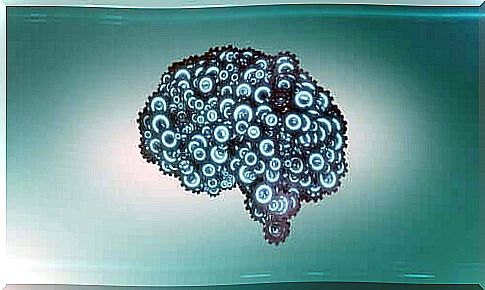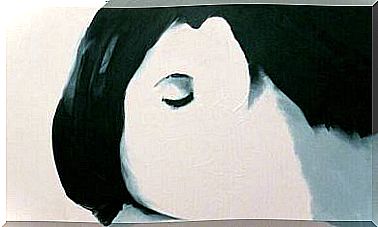Gilbert’s Experiment: Understanding And Belief

Gilbert’s experiment was carried out to try to resolve a debate that had been going on for no more, no less, than four centuries. This debate had started in the 16th century and its protagonists were two great philosophers: René Descartes and Baruch Spinoza. The reason for the controversy was the way beliefs are formed in human beings.
René Descartes, the ultimate representative of rationalism, argued that understanding and belief were two separate processes. According to him, people first acquired the information, then analyzed it, and then decided whether to believe it or not. In other words, for Descartes beliefs were a product of the analysis of the information received.
Baruch Spinoza , on the other hand, claimed something different. For this philosopher, understanding and belief were two processes that took place simultaneously. He pointed out that when we obtain information and understand it, we automatically form beliefs. In a nutshell, we believe what we are told or written without submitting the information to detailed analysis.

Gilbert’s experiment
The debate between the two philosophers was never completely resolved. To prove the validity of each of these theses, Gilbert’s experiment arose. Its creator was psychologist Daniel Gilbert, along with his colleagues, in 1993.
The central question of the research was whether understanding and belief were two separate processes or occurred simultaneously.
To define which of the theses was correct, 71 volunteers were brought together. Each of them received a text detailing a theft. Based on what they read, the volunteers had to decide what would be the sentence given to the thief.
The text had lines in green and others in red. Participants were told that the lines in green corresponded to statements that were true. The red lines, on the other hand, were false. They needed to take this into account to understand the circumstances of the robbery and set the fairest sentence.
The development of the experiment
The statements that were in red, and which were false, contained information about the details of the crime. Some of them made the robbery seem more violent. They said, for example, that the thief was armed or that he exhibited aggressive behavior.
Other texts contained sentences with statements intended, in a way, to “soften” the crime. They said, for example, that the thief had family and children and that he had stolen out of necessity. They also highlighted his “lovable” attitude, and at no time violent.
During the development of Gilbert’s experiment, half of the participants were interrupted with distractions. The researchers allowed the other half to complete the exercise without any distractions.
It was hoped that those who had been distracted would act more naturally, precisely because they lost control over the situation and were induced to behave as they would normally behave.

The results
At the end of Gilbert’s experiment, there was a significant difference between the sentences of the subgroup who had been distracted compared to those who maintained full control over the activity. In general, the group of volunteers who had been the object of distractions did not take into account that the text contained false and true statements.
Those who had received texts in which false information about the much crueler thief had been included set a penalty twice as high as the rest. Those who received the false statements favoring the offender were awarded less than half the sentence.
On the other hand, those who had not been distracted during Gilbert’s experiment ignored the false claims and handed down a sentence according to the offense committed. They had enough time to make this informative discrimination, and so they were fairer.
What is disturbing about this experiment is that, if we consider everyday life, what is false and true does not appear written in red or green.
Gilbert’s experiment proved that philosopher Baruch Spinoza was right. Understanding and beliefs form simultaneously. This basically means that we tend to believe everything others tell us.
This is positive up to a point, otherwise we would spend a lifetime proving the truth of the claims. However, it is also worrisome, as we can easily believe details that are not true.









